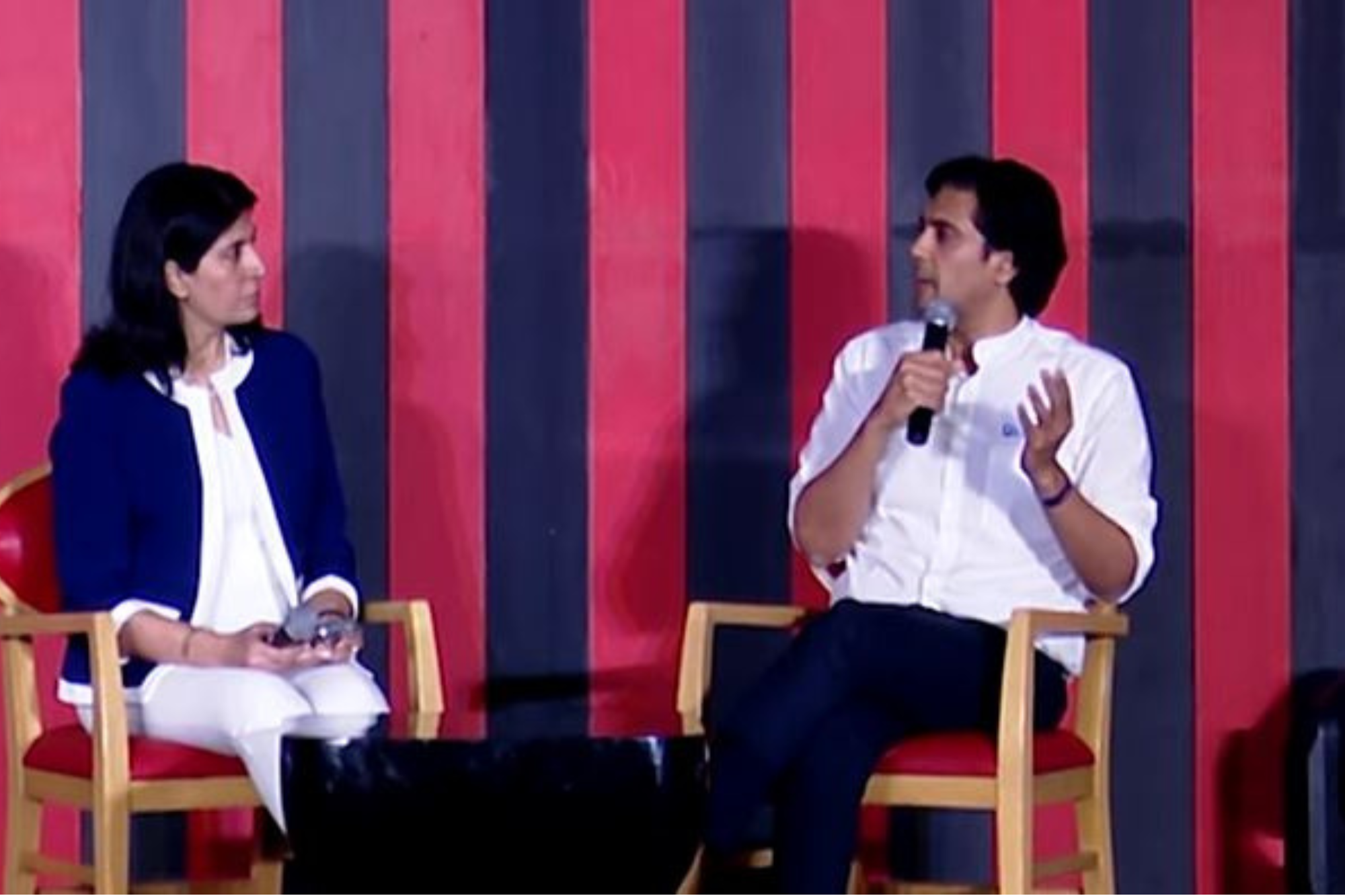Orchestrating an Innovation Ecosystem Of the many fascinating challenges, the most intense and important is how to understand and shape the innovation revolution
By Ravi Narayan •
Opinions expressed by Entrepreneur contributors are their own.
You're reading Entrepreneur India, an international franchise of Entrepreneur Media.

An Innovation Ecosystem is used to describe the large and diverse nature of participants and resources necessary for innovation. The main character of innovation ecosystems being explored is the self-organizing property of innovation ecosystems rather being a mean for co-creation and market introduction of innovation.
For truly opening the doors to innovation, entails five key models -
Employee innovation
Customer innovation
Partner/supplier innovation
Competitor innovation
Public innovation
Employee Innovation
To build a full innovation ecosystem, organizations must start with employee innovation programs. Organizations cannot scale innovation outside until they start from within. The same employees who are building products, servicing customers, and making sure the day-to-day operations of the company are sound, are the same employees that can come up with game-changing ideas or identify new opportunities and threats.
Customer Innovation
It's crucial for organizations to extend beyond their four walls when looking at innovation. Usually, when opening to customer innovation the organization receives more ideas, comments, and feedback, than with employee innovation programs. Therefore, it's crucial to start with employee innovation to build out the proper infrastructure to receive, manage, implement, and communicate ideas to a customer base.
Partner/Supplier Innovation
Organizations work with alliances with suppliers and partners they trust. By opening information and innovating with suppliers and partners, both parties tend to win. Suppliers and partners can offer better products and services to customers, while organizations are able to improve forecasting while reducing wasted resources and time spent.
Competitor Innovation
Coopetition or innovating with competitors is perhaps the most challenging type of innovation. Although this can be the hardest model to embrace it can also be the most rewarding and impactful. Innovating with competitors doesn't have a secret formula, it starts with a conversation and evolves from there, there is no magic pill or framework to follow that will guarantee success.
Public Innovation
With public innovation programs organizations need to have a robust set of technologies and processes in place to manage the (likely) thousands of ideas that can come their way. Getting ideas isn't always the hard part, being able to go from an idea to a product or service can sometimes be far more challenging.
In our most recent research on how organizations generate value from their corporate alliances and partnerships, we've studied how certain companies, have used adaptive ecosystems to define new offerings. Unlike traditional, centralized ecosystems, which tend to rely on partners, that have obvious tie-ins to the existing business model companies using adaptive ecosystems frequently work with partners with less conventional capabilities.
The current changes to the business ecosystem are so profound that, from the perspective of human history, there has never been a time of greater promise or potential peril.
Decision makers are too often caught in traditional, linear (and non-disruptive) thinking and doing and are much absorbed by the immediate concerns, then to think strategically about the forces in front of us. Contrary to previous industrial revolutions, the current exponential pace now is the result of the multifaceted, deeply interconnected world and the fact that new technology begets newer with ever more possibilities.
The digital revolution combined with multiple technologies is leading to unprecedented paradigm shifts in the economy, business, society and individually. It's not about changing the "what" and the "how" of doing things but also the "who" we are. Transformations caused by breakthroughs, covering wide-ranging fields such as artificial intelligence (AI), robotics, the internet of things (IoT), autonomous vehicles, 3D printing, nanotechnology, biotechnology, materials science, energy storage and quantum computing, to name a few.
Today most organizations around the world and in India, are embracing a few of the models above. The world, however, expects to see more programs launched over the coming years that sees organizations building out all the models above.












